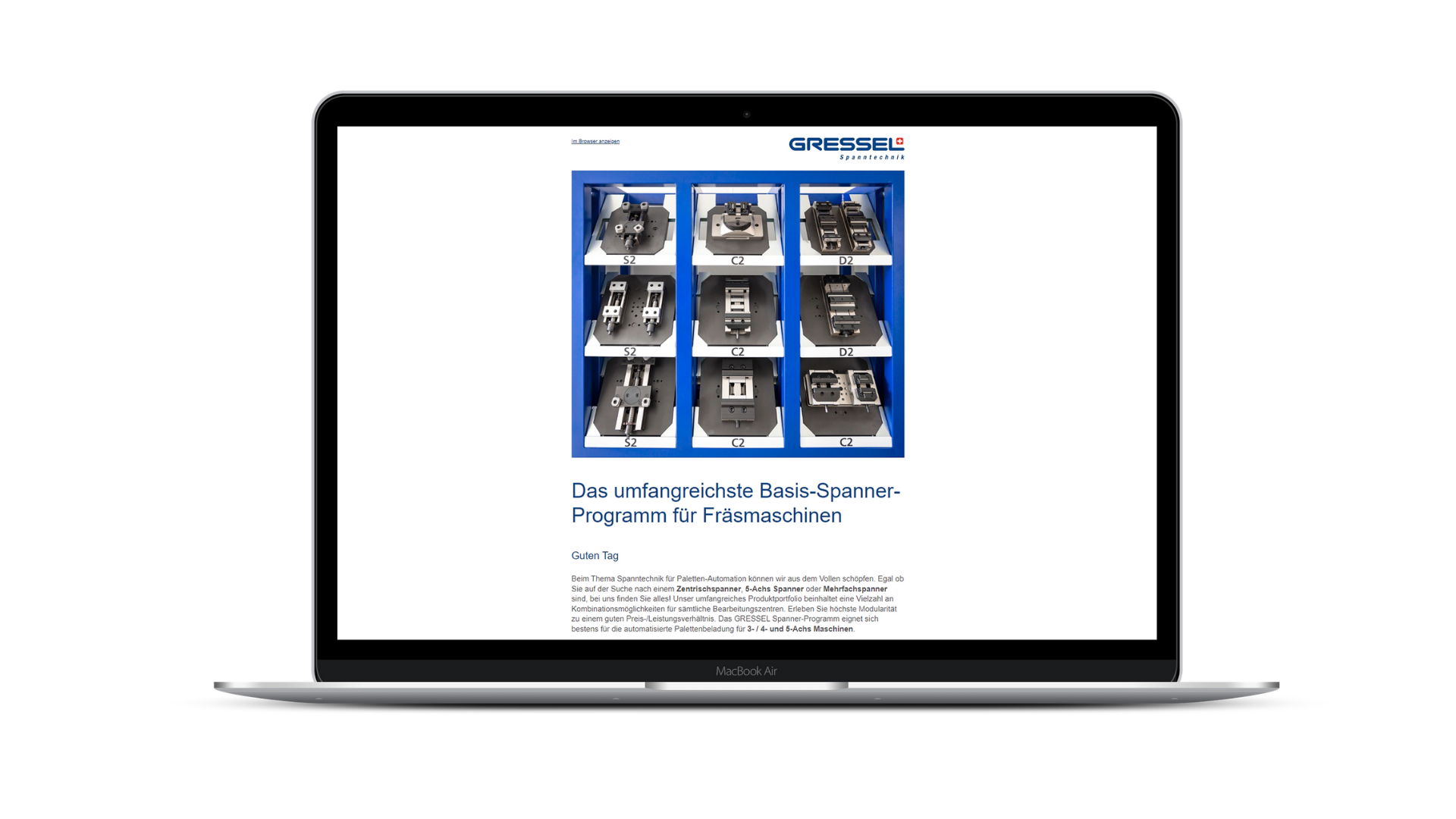Clamping jaws assortment

GRESSEL Clamping technology
The right clamping jaw for every workpiece

workpiece onto the workpiece support of the vise


workpiece onto the workpiece support of the vise


workpiece onto the workpiece support of the vise


workpiece onto the workpiece support of the vise


workpiece onto the workpiece support of the vise


workpiece onto the workpiece support of the vise

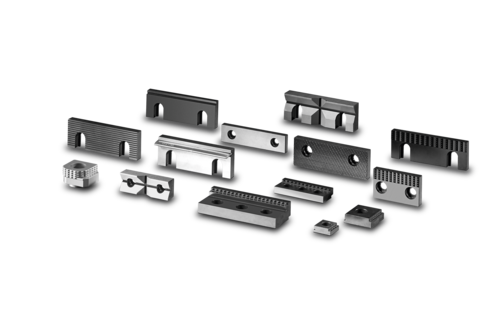
Modular system of the jaw assortment
for GRESSEL clamping

Higher cutting performance and stability
GRIP jaws for all materials
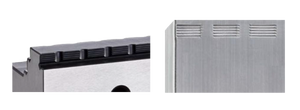
Soft aluminum and plastic
- low denting
- gentle for soft material

Unhardened material (up to 22 HRC)
- concave milled profile
- hardened and burnished

Hardened material (up to 58 HRC)
- patented carbide-grip jaws
- Carbide pins 92 HRC

Combined positive and non-positive clamping
Workpiece blank clamping with GRESSEL GRIP jaws GRIP jaws
Advantages
- reduced production and unit costs
- shortened throughput times
- Low material loss by reducing the clamping depth to, for example, 3 mm
- high retention forces: Increase compared to standard top jaws by a factor of 3 to 5
- no breakout of grip teeth due to stable, geometrically supported profile
- Blanks with very hard scale layer can be clamped securely without wear of the profile
- the concave shape of the teeth creates a large-surface connection between the workpiece and the profile
- Vibration-resistant due to optimum combination between high clamping force, positive locking and profile geometry
- no additional operation and no embossing station necessary, as the embossing takes place during clamping
Design
- hardened and burnished
- concave milled profile (outer jaw ends contact the workpiece first)
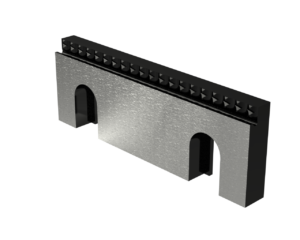
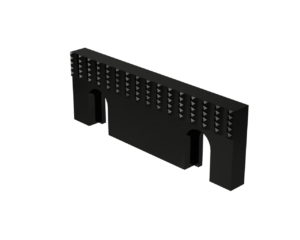
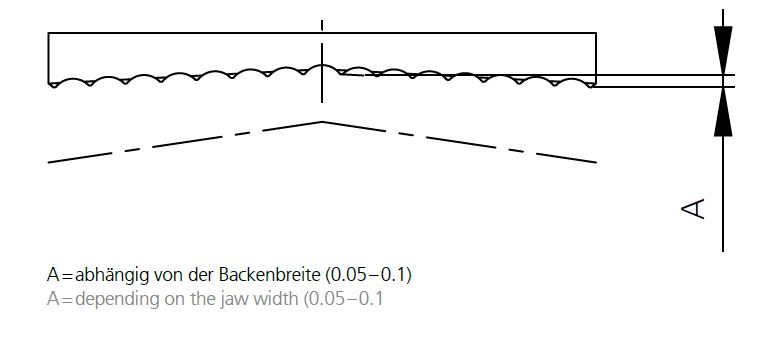

Comparison coated and smooth jaw
Finished part clamping with GRESSEL coated jaws
Advantages
- Increase of the friction factor
- Increase the holding force
- Lower clamping forces required
- No deformation on delicate workpieces with low wall thicknesses
- Material properties remain unchanged
- high wear resistance of the tungsten carbide coating
- shock and abrasion resistant
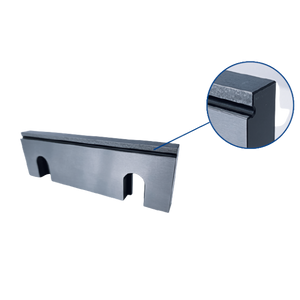
Stepped jaw coated
- Stiction approx. 0.25
- Factor 1.5 – 2.5increased coefficient of friction (μ)
compared to the smooth stepped jaw
Care should be taken with soft aluminum alloys, as these clog the pores and thus reduce the effect of adhesion.
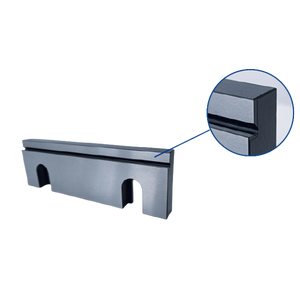
Stepped smooth jaw
- Stiction approx. 0.1
- Due to the ground surface a lower coefficient of friction

First and second side clamping
Complete machining of the workpiece without changing jaws
Advantages
- Setup time savings
- Cost-effective
- low denting
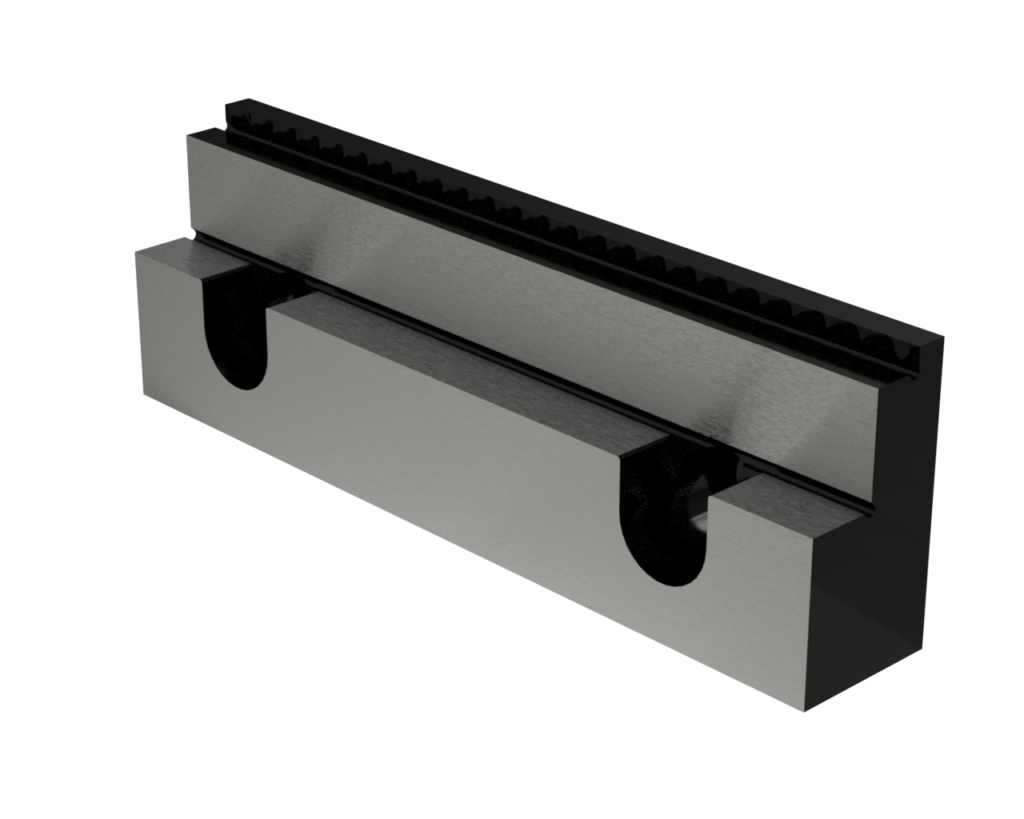
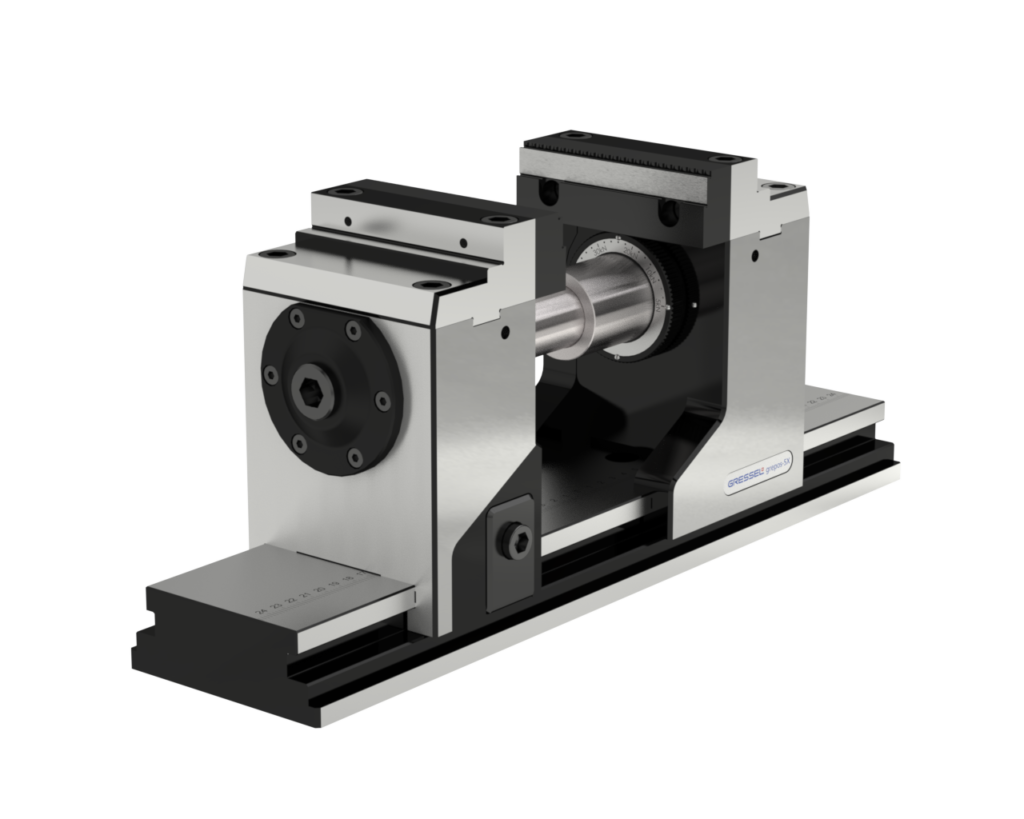
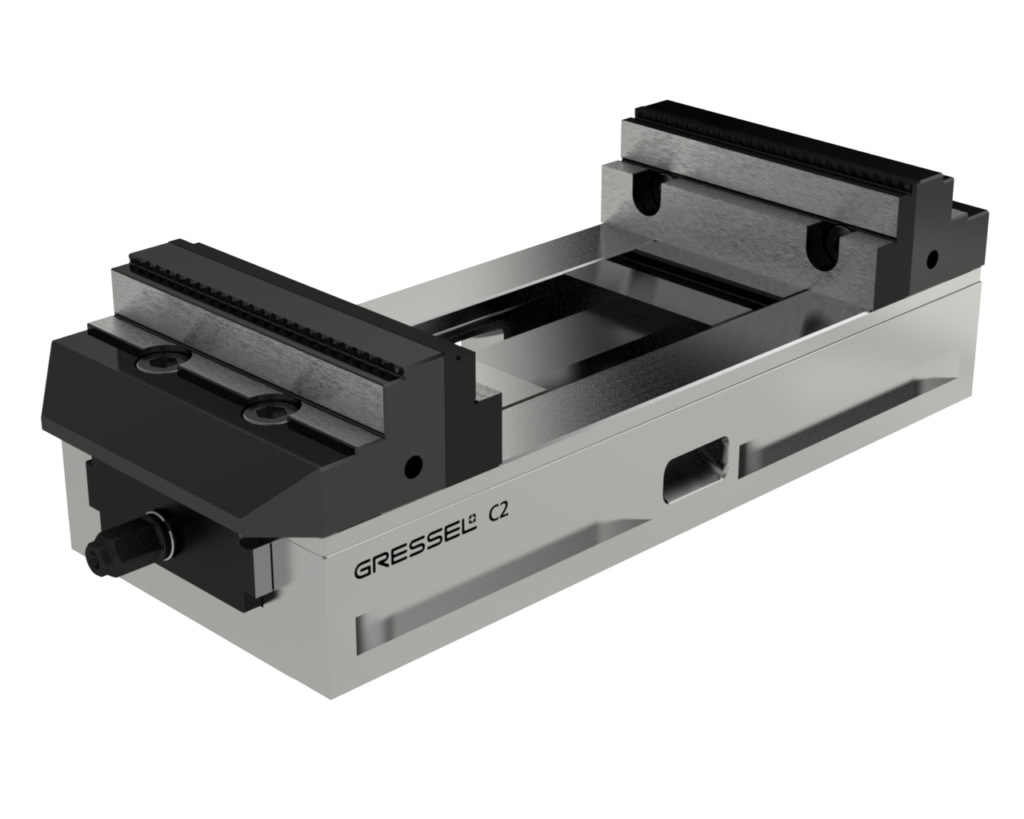
Quick changeover for different machining operations
Advantages
- fast and absolutely repeatable position fixation
- Time-consuming handling of support strips is eliminated
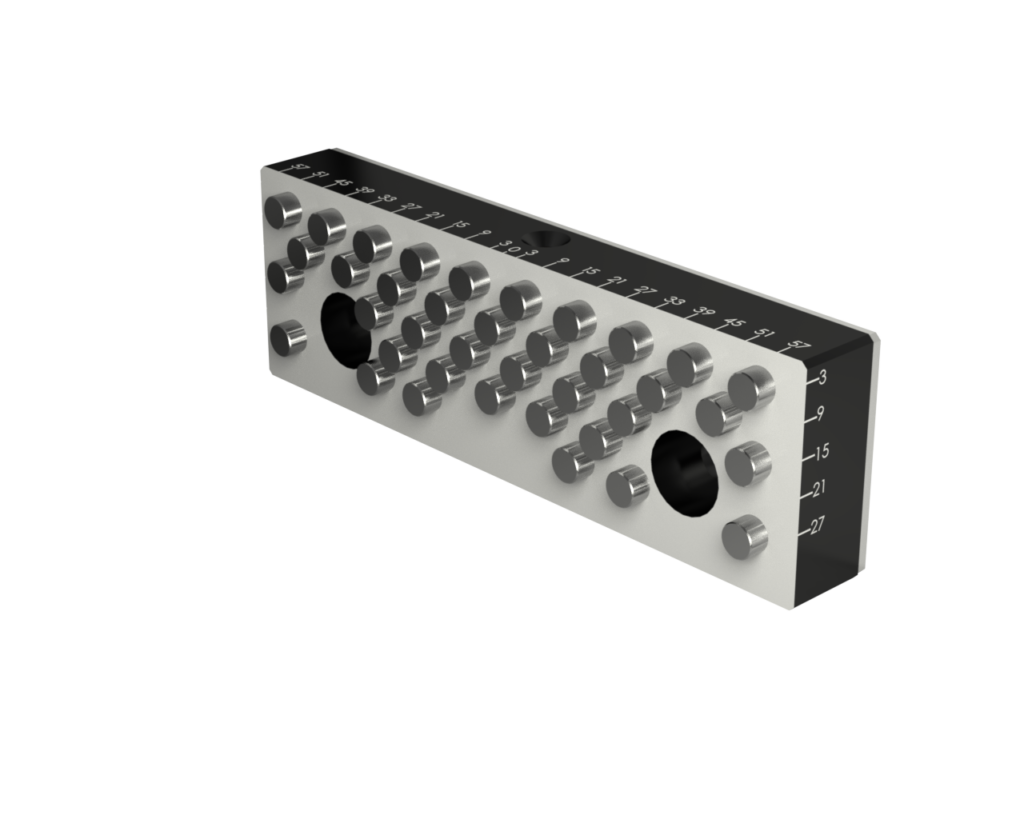
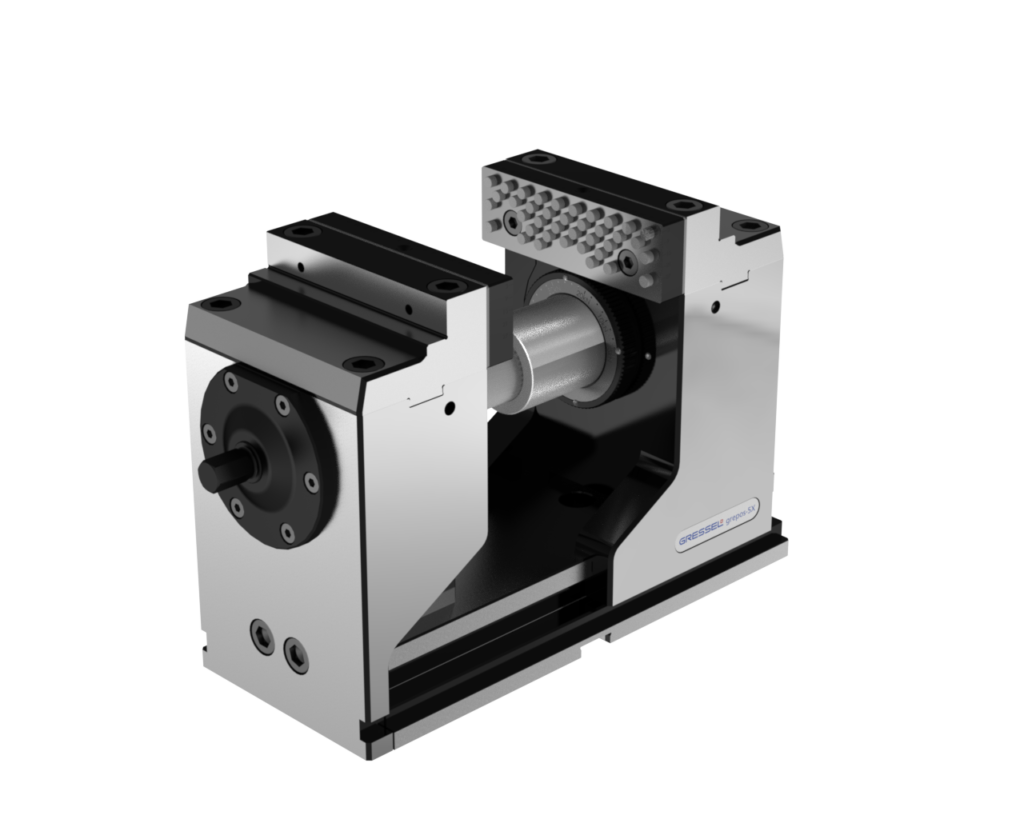
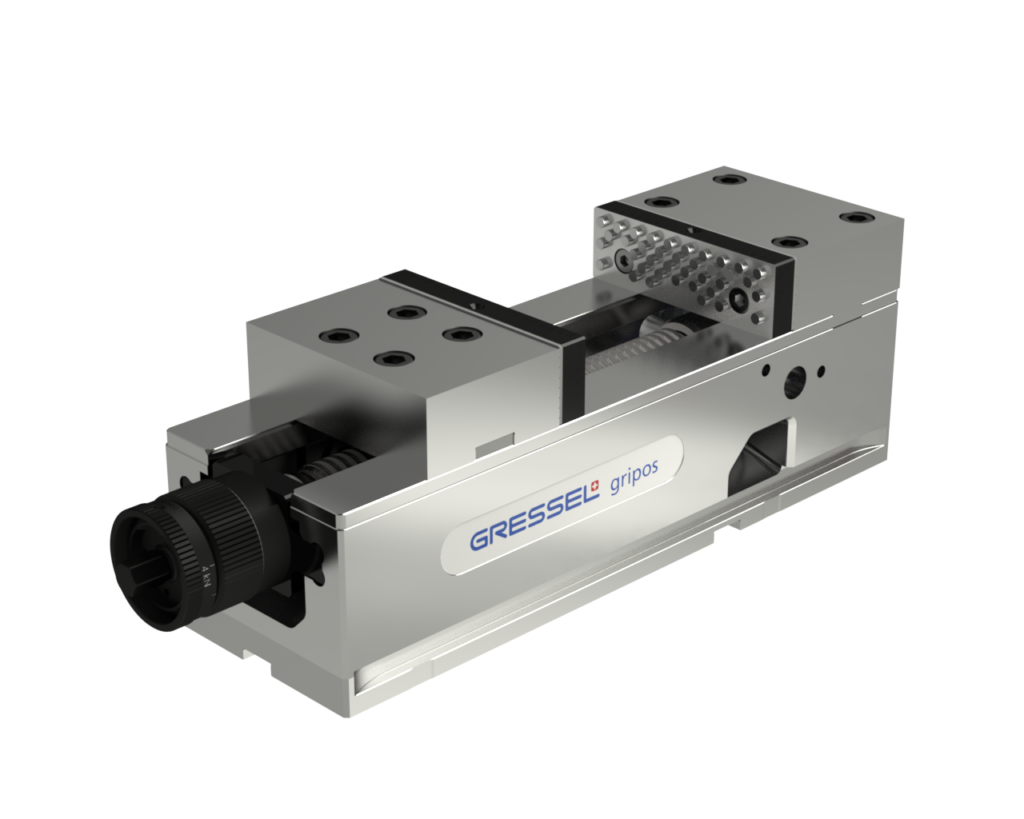

3 uses with only one jaw
Workpiece blank clamping with GRESSEL step jaws grip with T-slot
Use as stepped jaw grip
At 6.5 mm (instead of 2.5 mm), the support depth of the step for the workpiece support is significantly deeper than with the standard grip step jaws. This means that there is sufficient workpiece support even for workpieces with unclean edges, e.g. rolled raw material or castings.
Use as stepped jaw grip with integrated side stop
- With transverse T-slot to accommodate the positioning bar
- the positioning bar can be used as an integrated side stop by appropriate machining
- with two set screws M8 the positioning bar can be clamped in the T-slot
- the step jaws are engraved on the upper side, centered «0»
- Line graduation 2 mm, as positioning aid
- the positioning bars are made of case-hardened steel 1.7131 and can be hardened by the customer if required
Use with different clamping depths
- the positioning bar is inserted, e.g. in the grip 8 mm step jaw, and the top side is milled off by 4 mm. This results in a grip jaw with a clamping depth of only 4 mm.
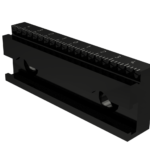
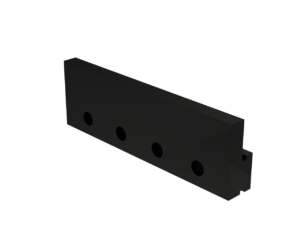
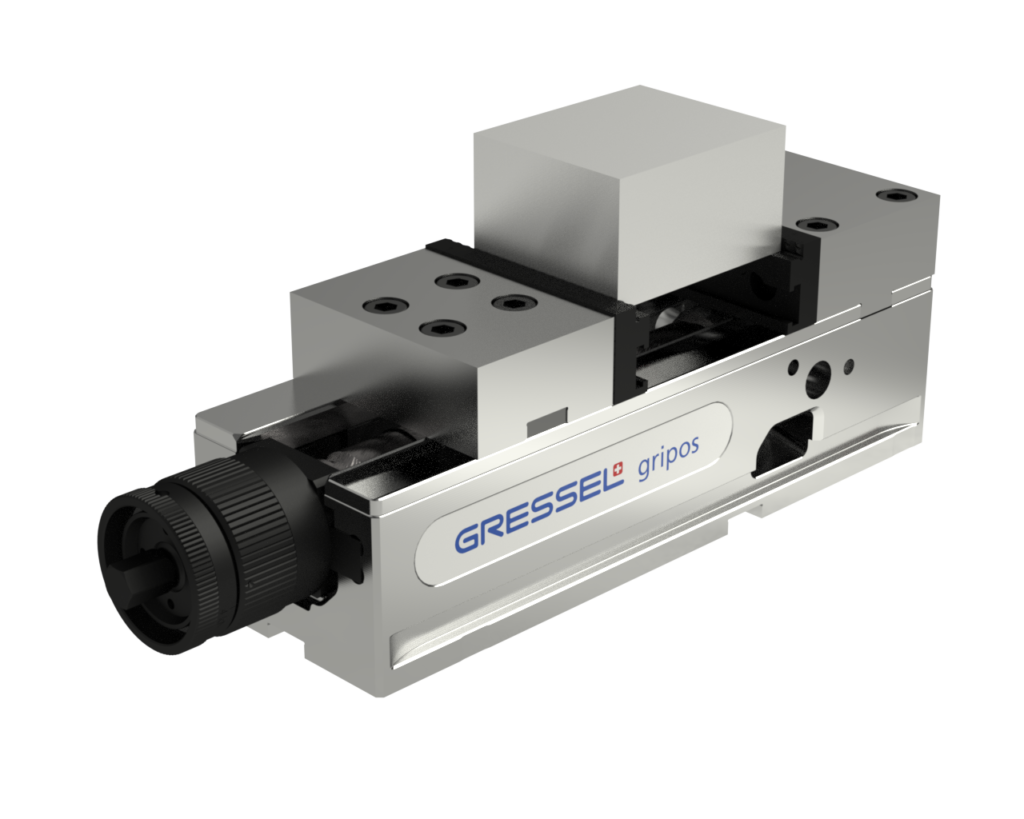
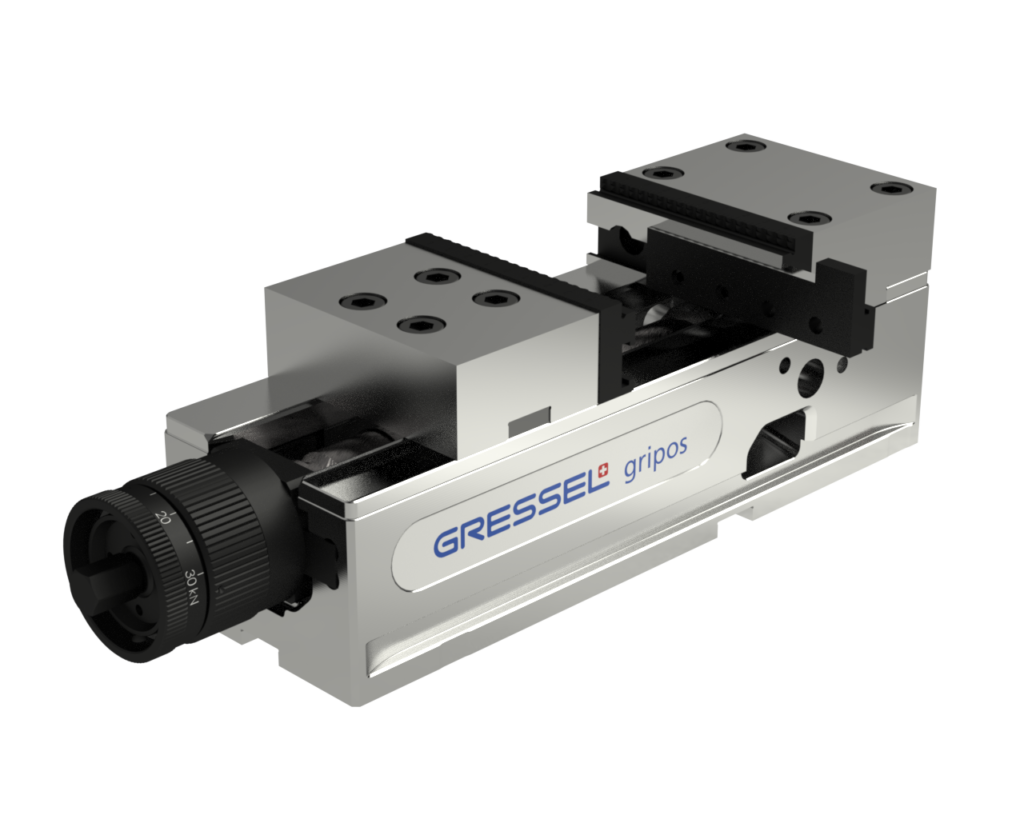
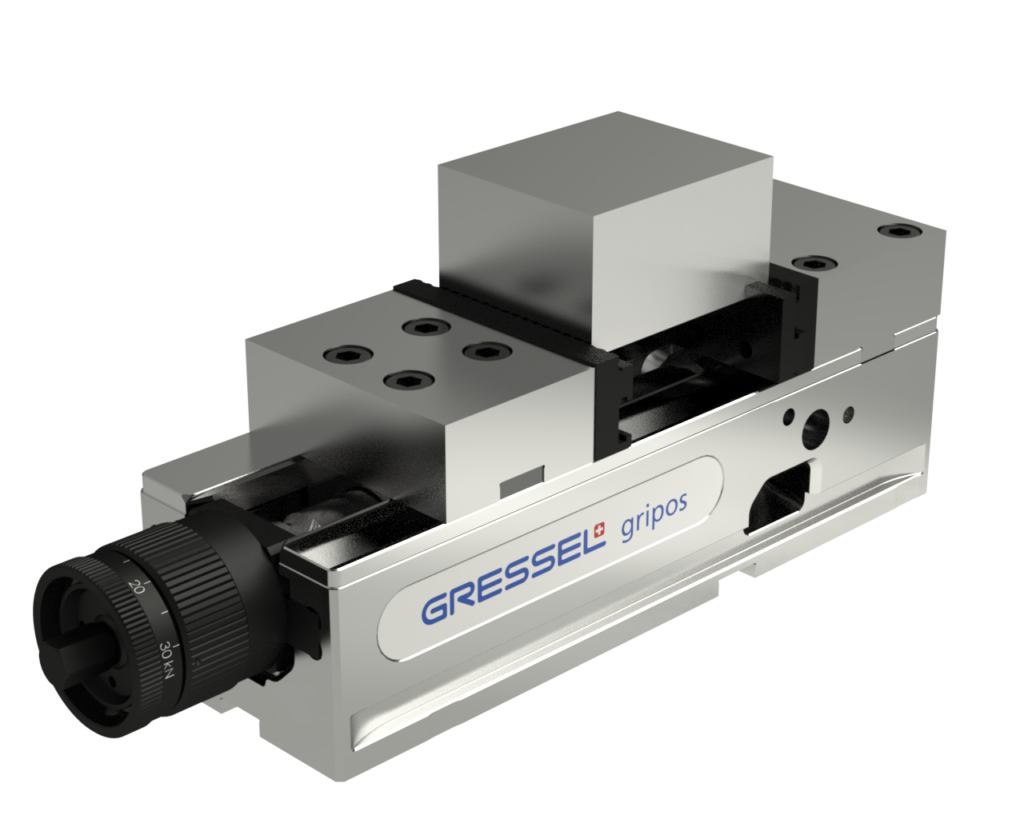


Workpiece blank clamping with GRESSEL spring leaf pull-down jaws
With the use of GRESSEL spring blade pull-down jaws, workpieces with raw clamping surfaces can be securely clamped onto the workpiece support
(the spring blade makes an impression in the workpiece).
Advantages
- Vibration problems and insufficient seating of the workpiece can be easily solved by using spring-blade pull-down jaws
- the elastic spring steel blades press the workpiece onto the base of the vise with high force during clamping
- the spring steel blades are interchangeable
- the spring steel blades can be milled out and adapted to the workpiece contour
Design
- Spring-loaded pull-down jaws increase precision. Due to the division of the clamping force into a horizontal and vertical component
the workpiece is pressed onto the contact surface without play.
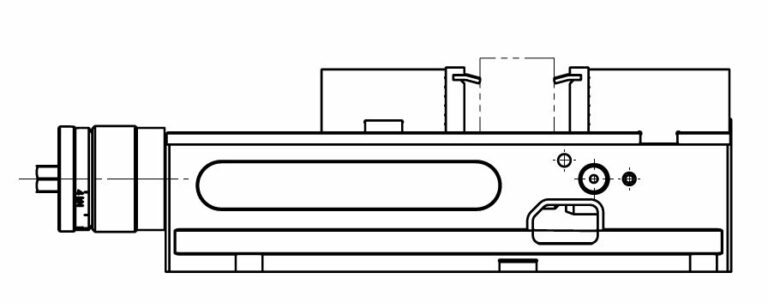
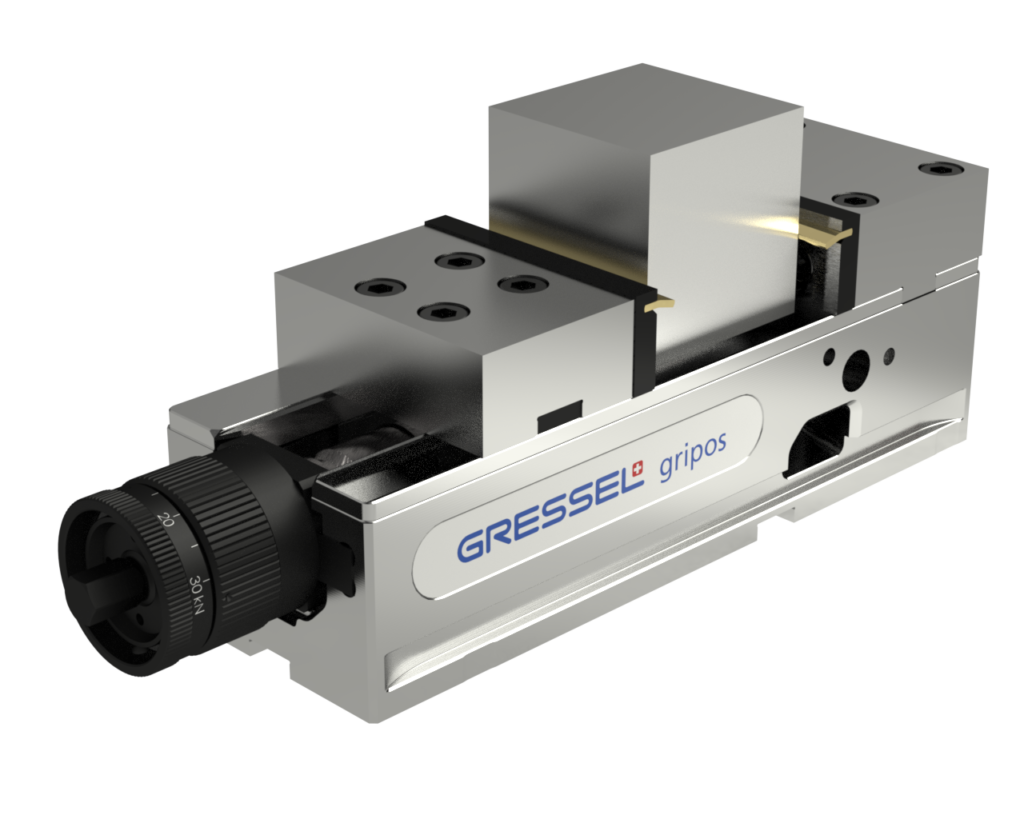
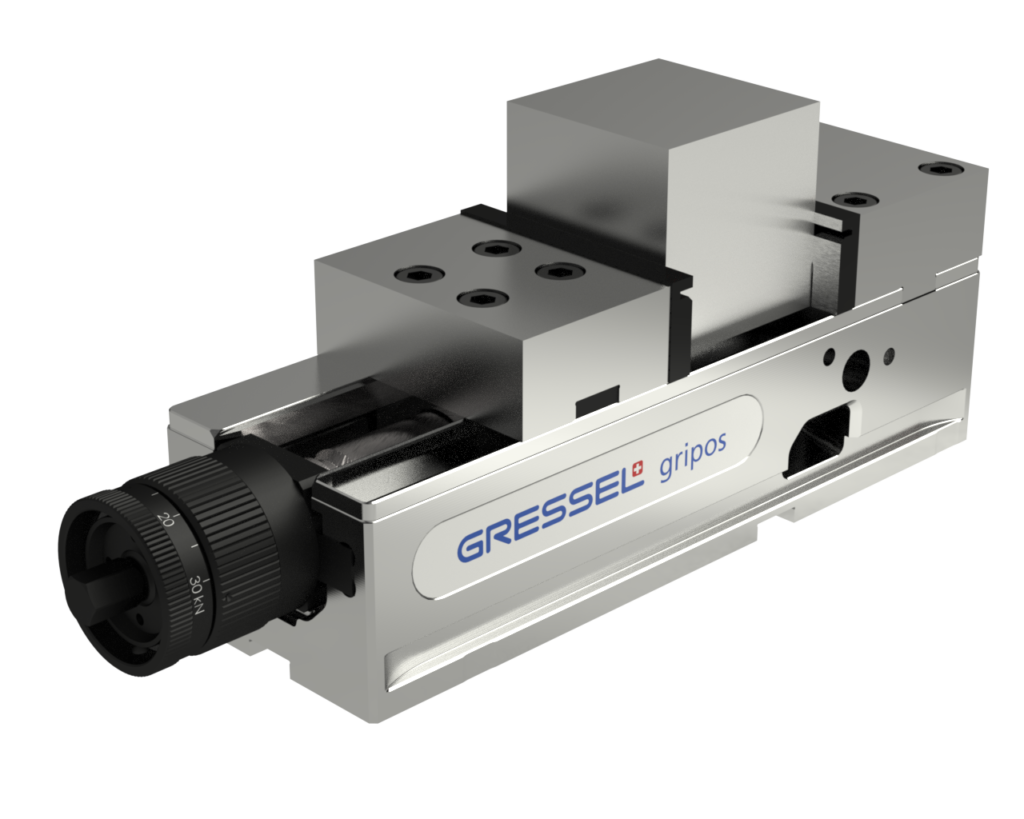
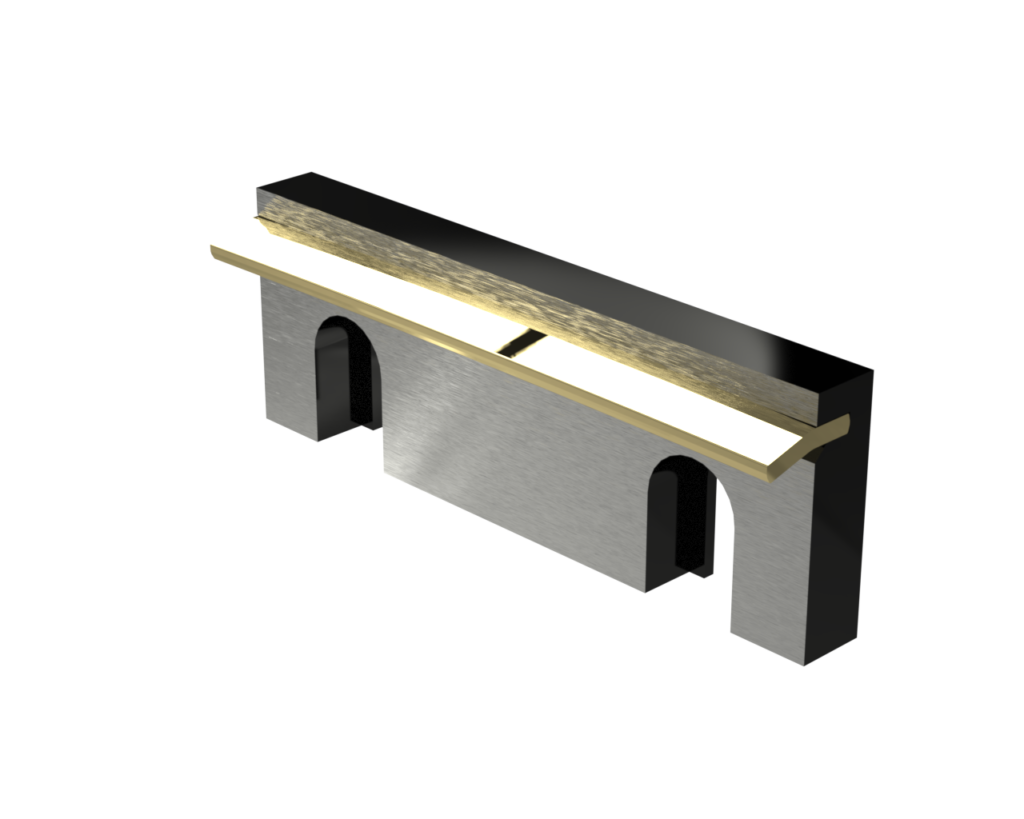
- 2 years warranty
- Largest top jaw program
- Proven GRESSEL quality
Pull-down jaws increase precision

Second-side machining with precision low-pull jaws
Advantages
- Protection against contamination due to integrated wiper
- Minimum clamping depth of 3 mm possible
- For workpieces with sensitive clamping surfaces (no impressions)
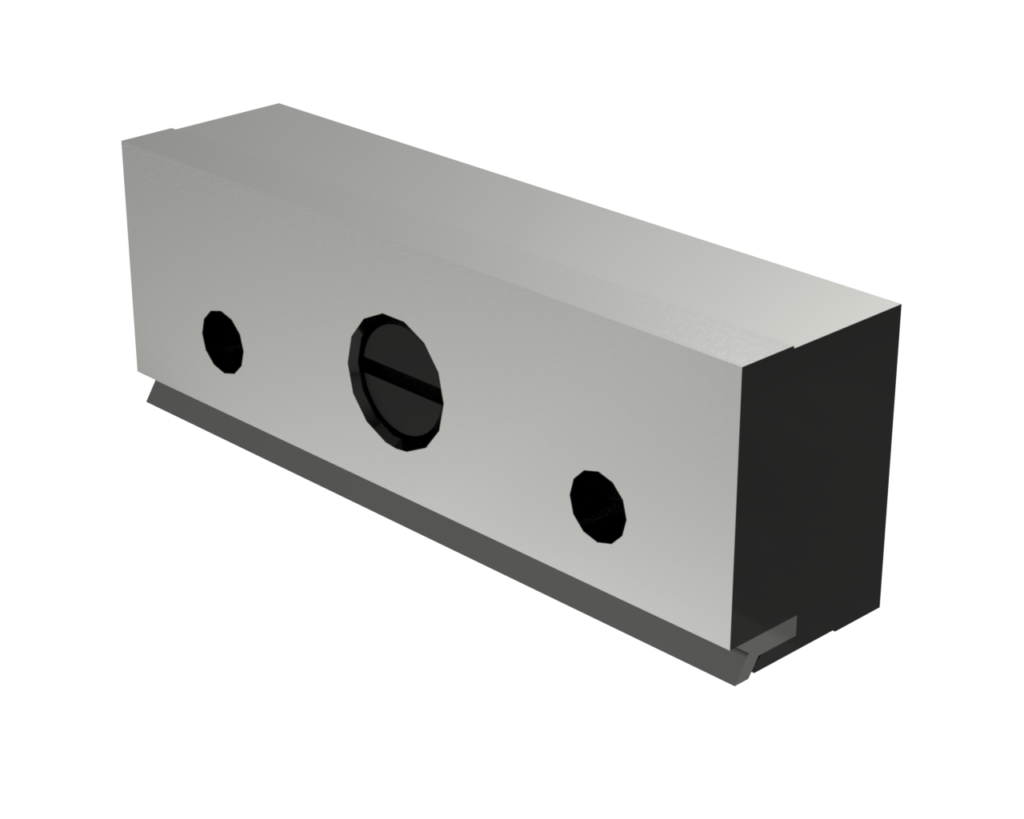
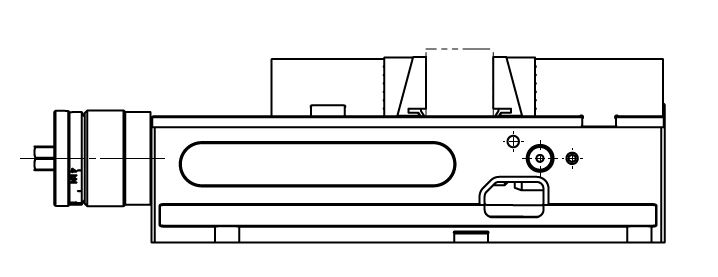

Rational multiple clamping with floating center jaws
With the use of floating intermediate jaws, the working space of machines is better utilized.
Advantages
- the increase in machine running times enables multiple machine operation
- complex milled parts can be machined all around
- all workpieces are clamped with the same clamping force
- efficient and economical
- minimal setup effort and low investment costs
Design
- easy and quick swiveling
- intermediate jaws for gripos, grefors, multigrip
- top jaws can be screwed on from both sides
- incl. groove on both sides for spring blades
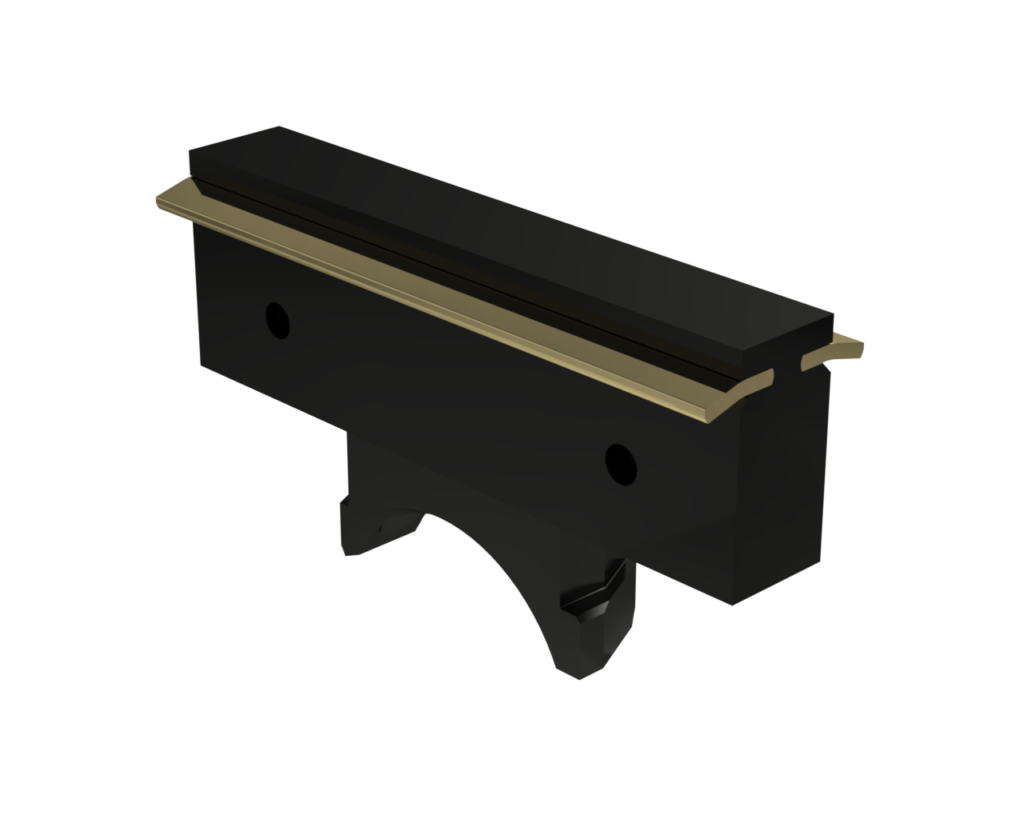
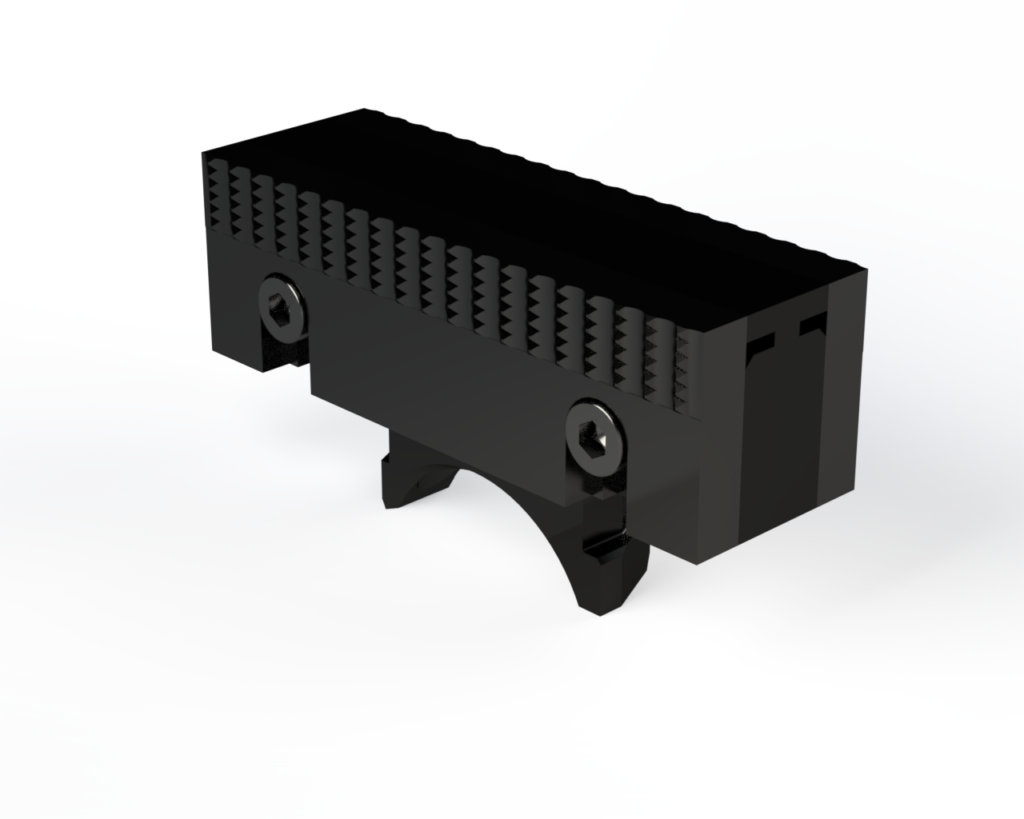
Intermediate jaw equipped with 2 grip jaws
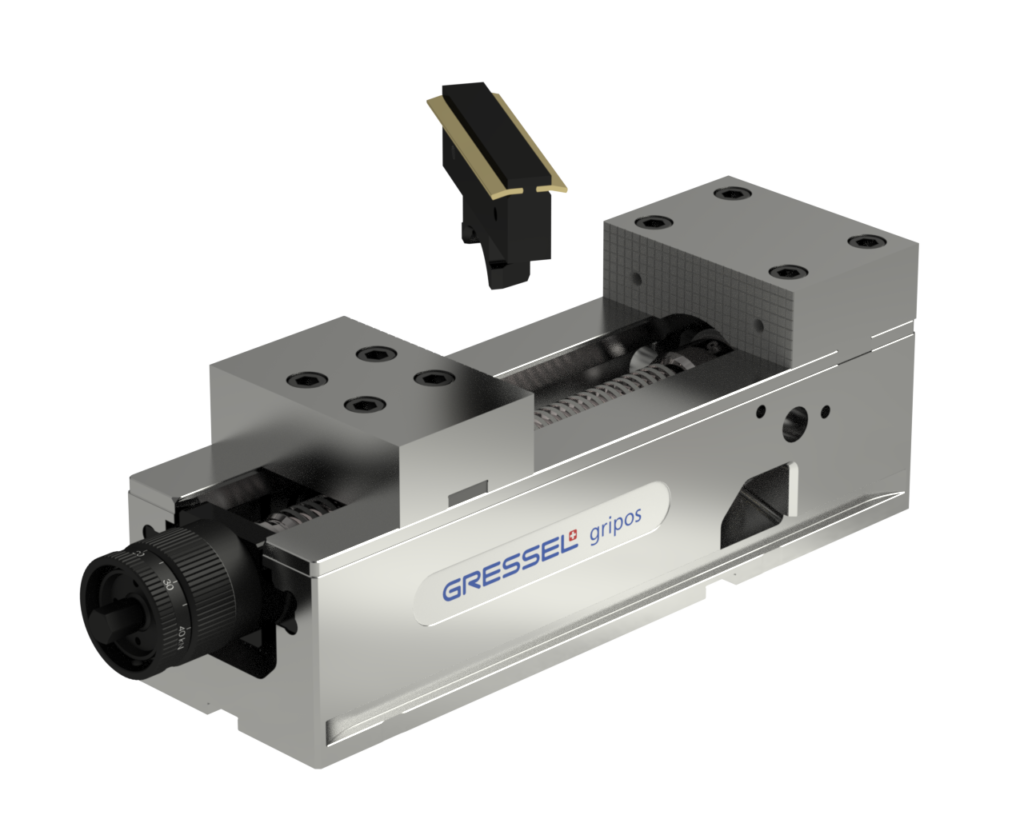
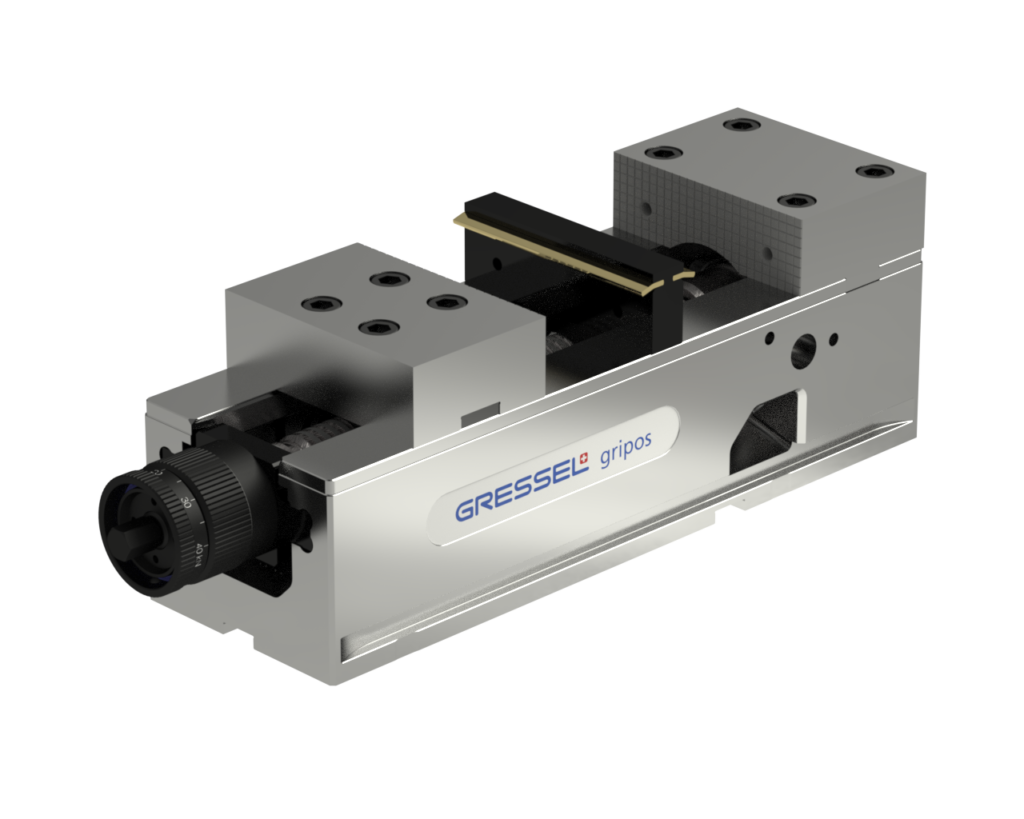
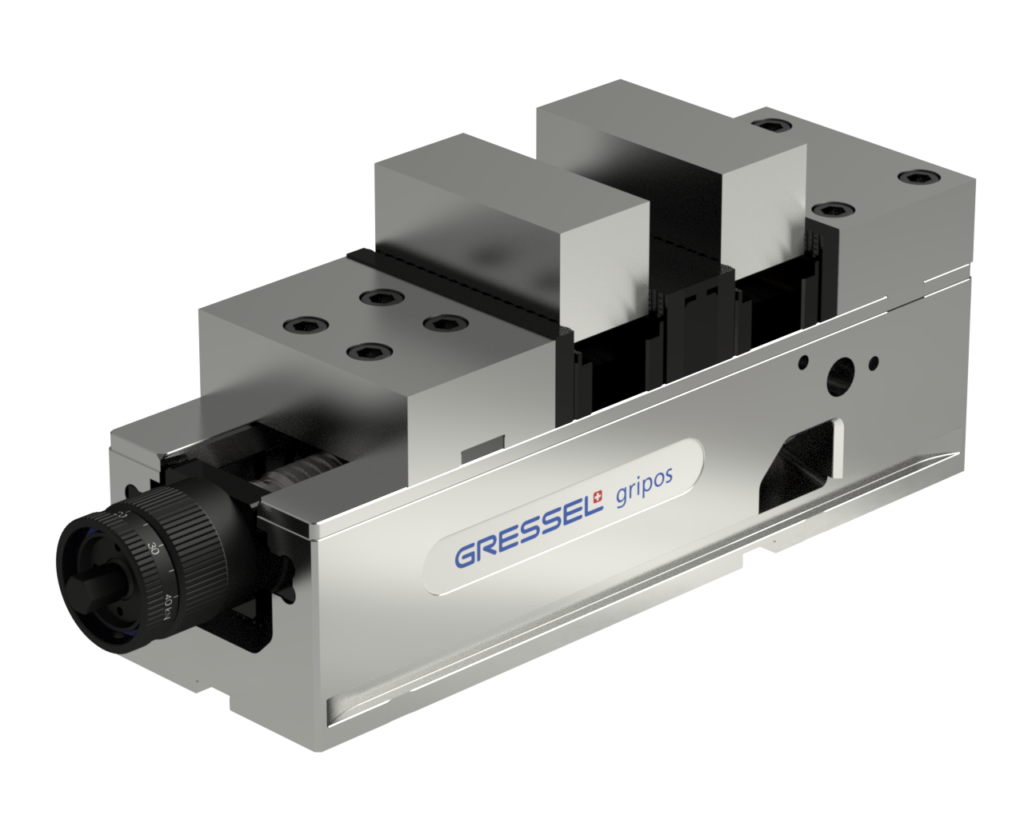

Second side machining with spring plate pull-down jaws
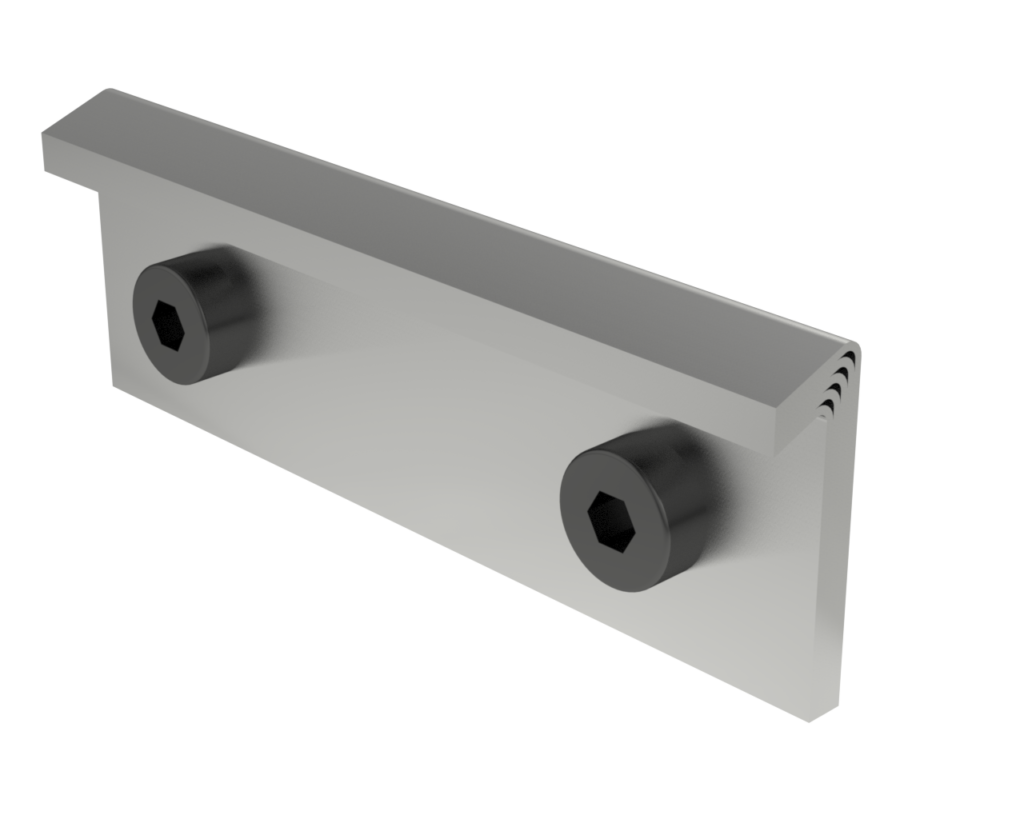
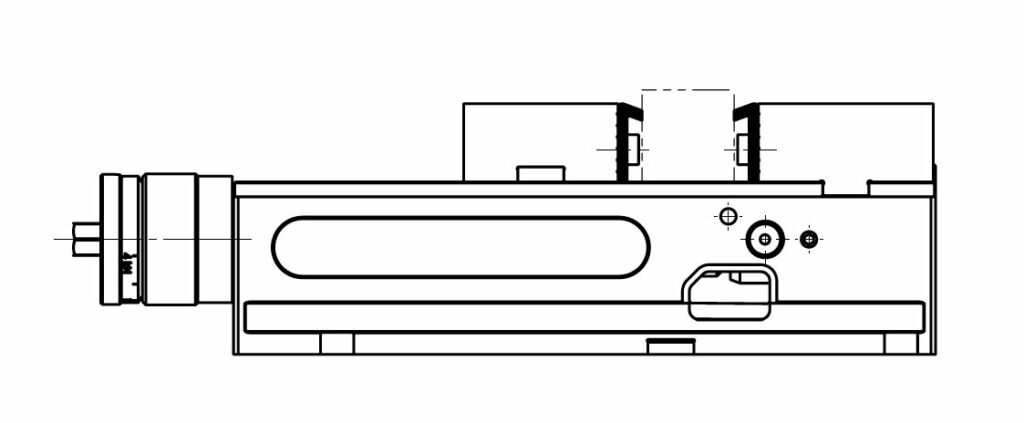
Advantages
- Cost-effective
- For workpieces with sensitive clamping surfaces (no impressions)
- rust resistant
- Safe pull-down as with the spring leaf pull-down jaws for blanks
- Safe pull-down as with the spring leaf pull-down jaws for blanks
- min. clamping depth of the workpieces:
Jaw width 65 mm = 6 mm
Jaw width 80 mm = 11 mm (C2 + S2 + D2)*
Jaw width 100 mm = 8 mm
Jaw width 125 mm = 8 mm
Jaw width 125 mm = 13 mm (C2 + S2 + D2)*
Jaw width 160 mm = 10 mm
Jaw width 160 mm = 13 mm (C2 + S2)*
* For C2 + S2 + D2, the reversible jaws grip have a 3 mm integrated step. For these clamping devices, you need spring blade pull-down jaws with 3 mm lower overall height.

Clamping jaws-assortment for every task







